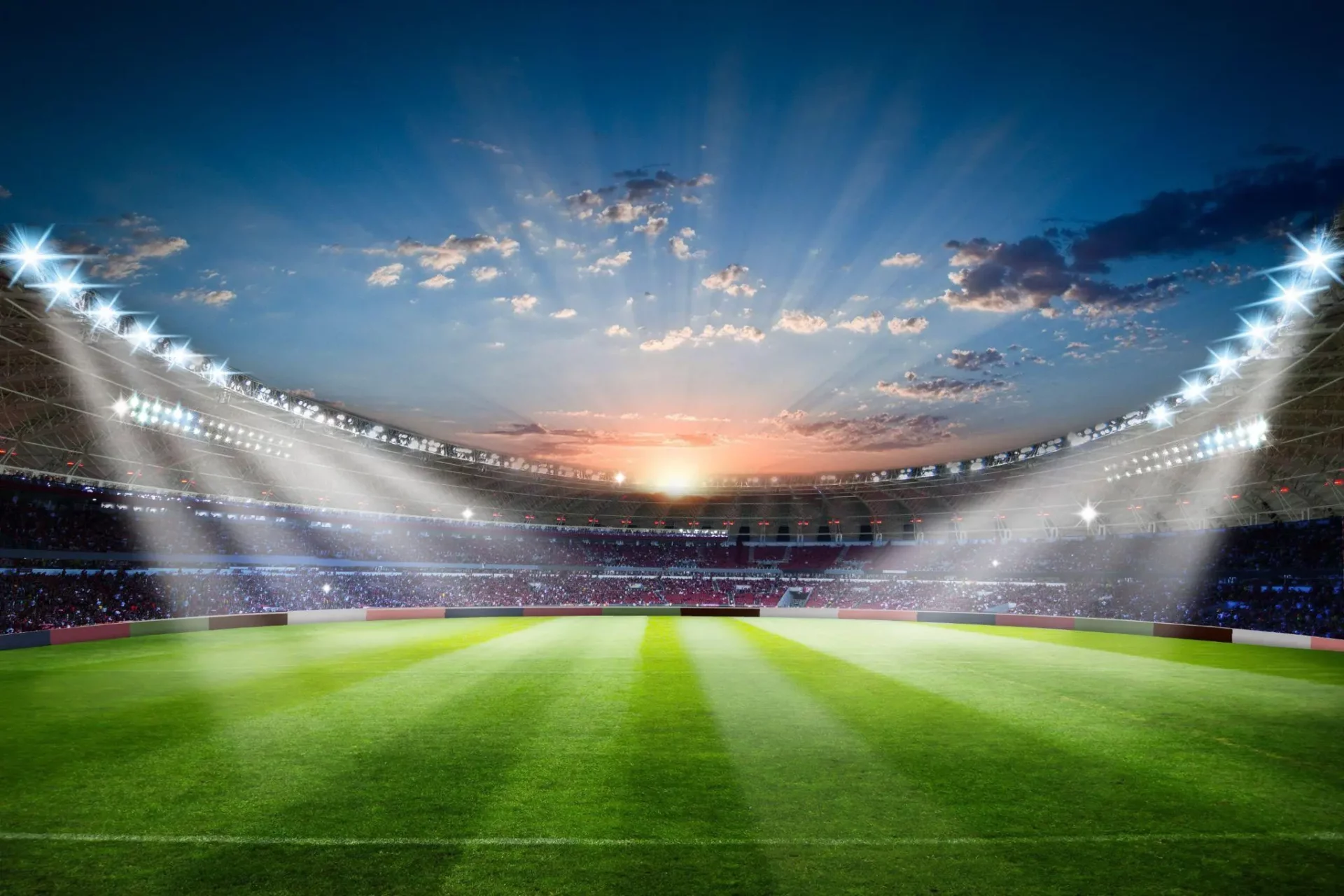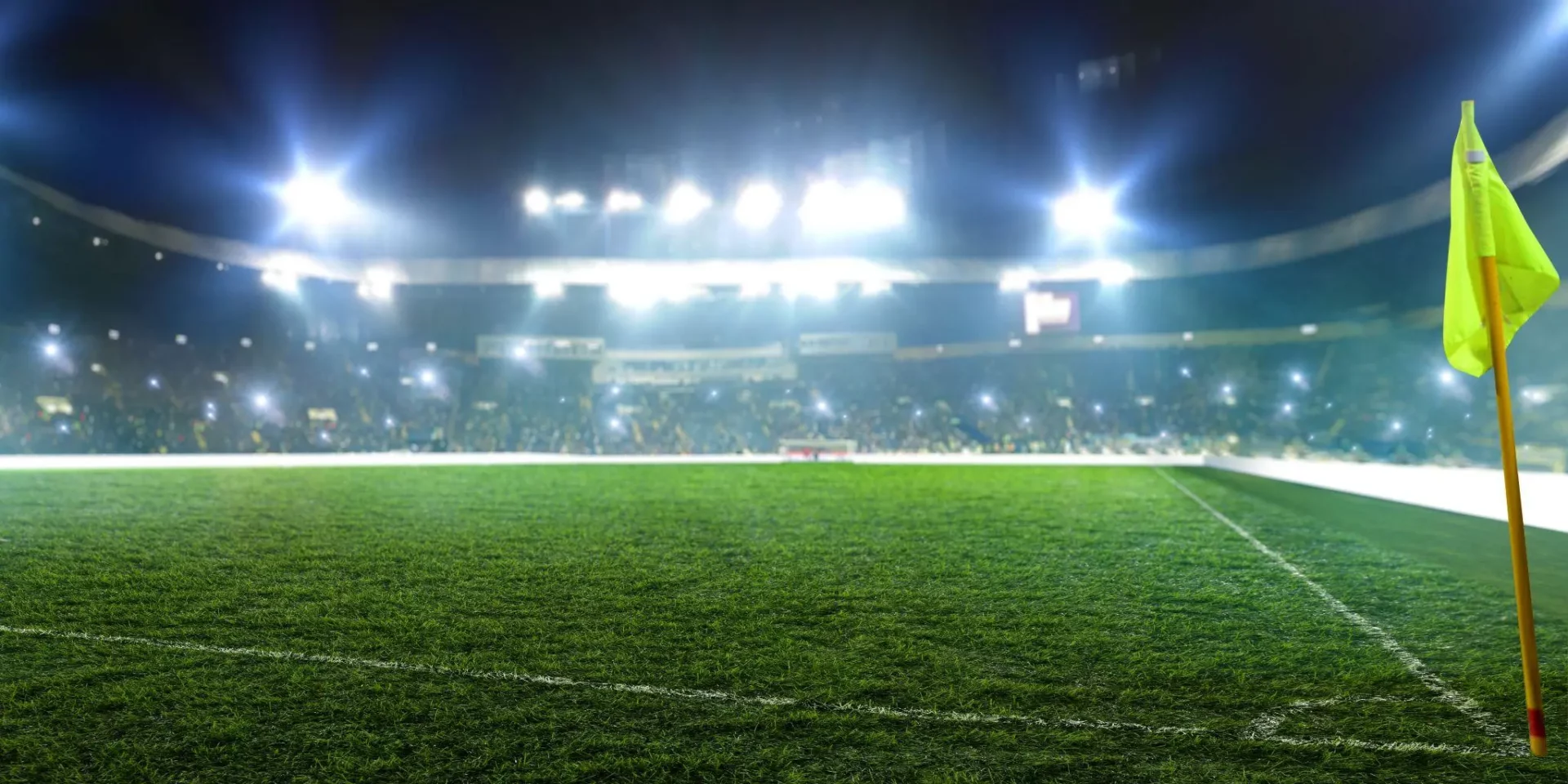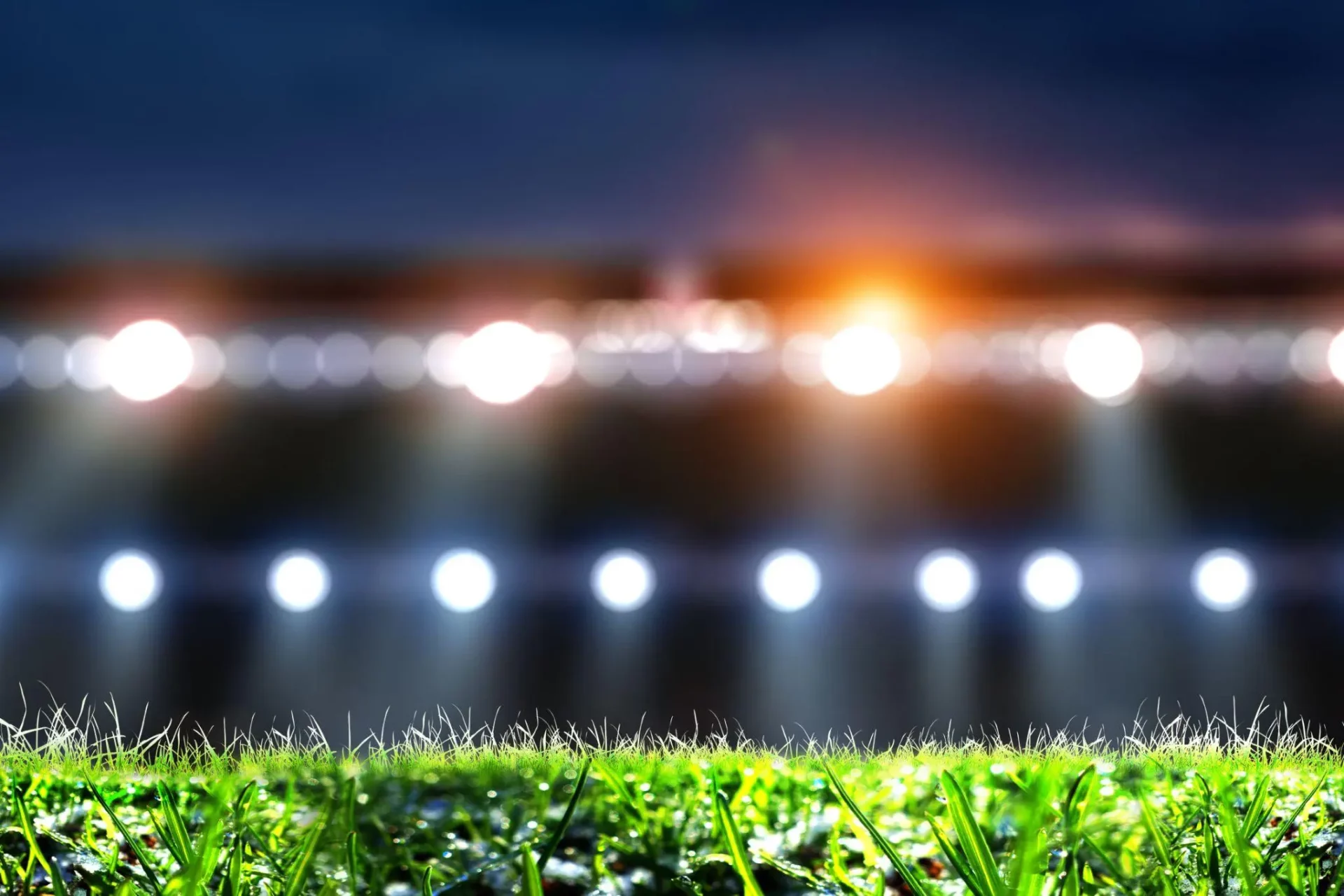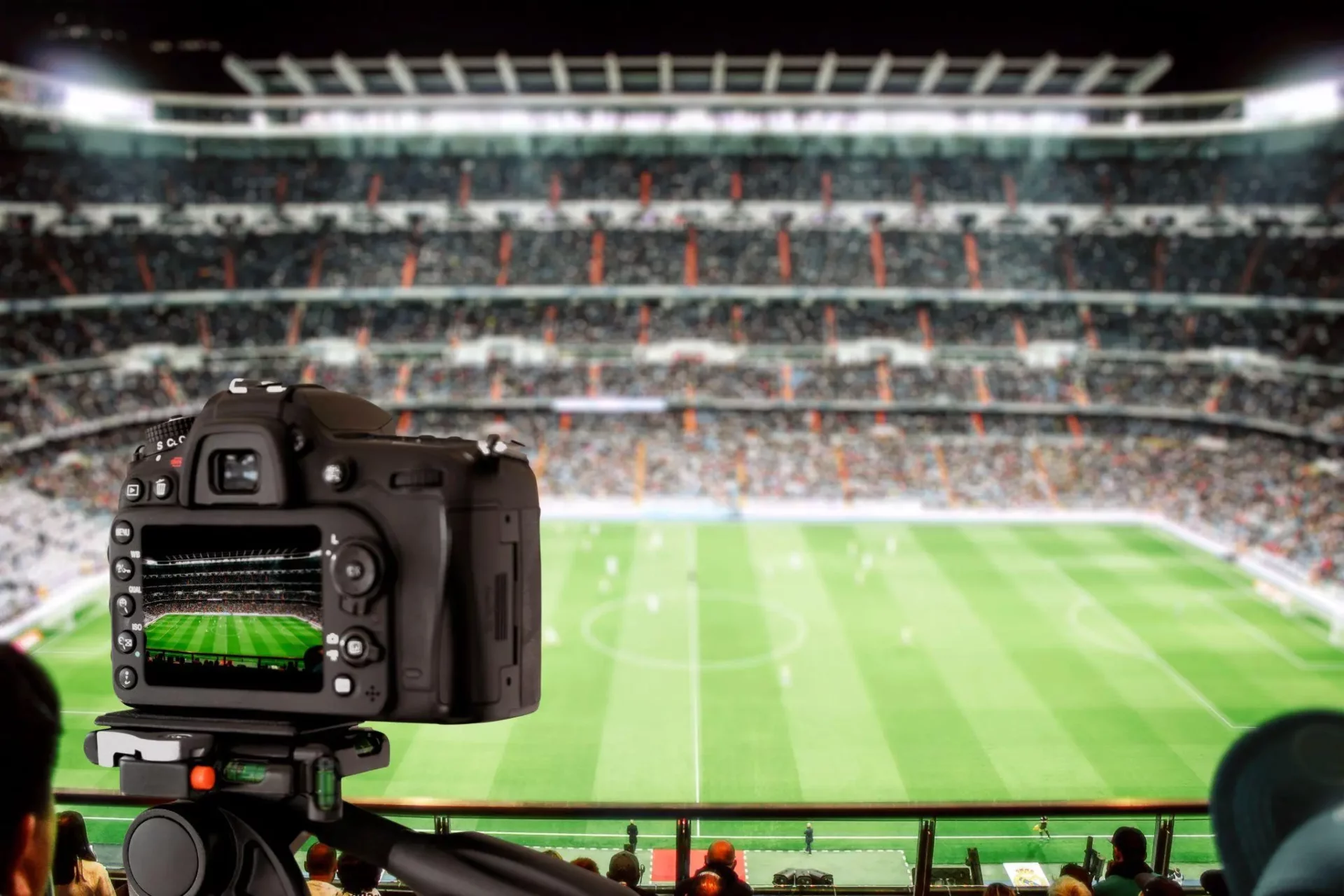Lighting in football stadiums is crucial for player performance, spectator enjoyment, and broadcast quality.
Lighting in football stadiums is crucial for player performance, spectator enjoyment, and broadcast quality.
These standards ensure that the lighting provides sufficient visibility and safety. They also ensure it adheres to energy consumption guidelines and minimizes light pollution.

In various regions and levels of play, different illuminance levels are specified.
For instance, college-level football fields require a certain ratio of horizontal to vertical illuminance, typically around 2.0 or below. This ratio is part of the compliance criteria that local authorities might enforce, along with specific regulations that include restrictions pertaining to outdoor lighting.
Facility managers seeking to install or upgrade their stadium’s lighting system need to consult these regulations and guidelines thoroughly. This ensures not only regulatory compliance but also improves the experience for players and spectators alike.
LED technology is often favored in modern football field lighting solutions, providing benefits in terms of beam angles, energy efficiency, and lifespan of the lighting system.

Football field lighting is governed by a series of international and national standards designed to ensure high-quality illumination for players, officials, and spectators.
These regulations cover a range of factors, including illumination levels, uniformity, glare control, and energy efficiency.
The IFAB does not set specific lighting standards but focuses on the Laws of the Game, which indirectly affect lighting through stipulations on player visibility and the overall conduct of the match.
FIFA’s guidelines are specific, requiring Class IV lighting of 100 fc (foot-candles) on average for general TV broadcasts and Class VI lighting of 200 fc for high-definition broadcasts of large international competitions. This is to ensure optimal visibility and broadcasting quality for worldwide audiences.
For UEFA competitions, the standards are stringent to cater to high-definition broadcasting as well.
Stadiums must adhere to a minimum of 140 fc average for international matches, with a focus on maintaining uniformity and reducing glare to support both player performance and the spectator experience.
Local standards may vary, but they generally align with international guidelines while also incorporating region-specific requirements related to safety, energy consumption, and environmental impact.
These regulations are often enforced through building codes and electrical standards to ensure compliance on a more granular level.
When evaluating football field lighting design, specific metrics are crucial for compliance and performance.
These include luminance levels, uniformity ratios, glare control, and the management of spill light and sky glow.
For football fields, maintaining adequate luminance levels is essential for player performance and spectator visibility.
Recommended levels vary depending on the level of play.
For instance, college-level football fields typically require higher luminance, with a minimum maintained horizontal illuminance of 30 foot-candles for practice and 50 foot-candles for televised games.
Uniformity ratios are critical to ensure that lighting is evenly distributed across the playing surface. They prevent dark spots and inconsistencies that can affect gameplay.
For high-level fields, a maximum to minimum uniformity ratio of 2.0:1 is often the standard to aim for. This ensures that no area of the field is more than twice as bright as the dimmest area.
Managing glare is essential to minimize visual discomfort for both players and spectators.
Proper football field lighting design must incorporate shielded fixtures that direct light away from the eyes.
This is achieved through precise aiming and the use of visors or baffles on fixtures, ensuring that luminance levels around the field do not directly impact sight lines.
Environmental considerations include controlling spill light and reducing sky glow.
Football field lighting should be designed to limit light trespass into neighboring areas and the night sky.
This can be achieved through strategic placement of fixtures and appropriate shielding.
Regulations often mandate specific thresholds for spill light and sky glow to minimize the impact on surrounding communities and wildlife.

In the domain of football field lighting, evolving technologies play a pivotal role in enhancing player performance and spectator experience while ensuring the game’s safety and sustainability.
LED technology has revolutionized football field illumination with its superior brightness, durability, and directional capabilities.
Stadiums now frequently employ LED fixtures, which offer instant on-off switching and allow for dynamic lighting effects during events.
These lighting systems are not only brighter but also significantly more energy-efficient than traditional options.
They reduce electricity consumption and can cut energy costs substantially.
Moreover, LED lights have a longer lifespan, contributing to the sustainability efforts by decreasing waste.
Contemporary stadiums incorporate advanced control systems, enabling remote operation and fine-tuning of lighting parameters.
These smart systems often feature:
Smart operation systems play a critical role in ensuring optimal lighting conditions are maintained with the least energy use.
Maintaining the highest standards of safety and functionality on a football field requires systematic procedures and reliable equipment.
These include regular inspections, serviceable emergency lighting, and ensuring ease of access for repair and maintenance activities.
Maintaining the highest standards of safety and functionality on a football field requires systematic procedures and reliable equipment.
Regular inspections are critical to ensuring that lighting systems operate at peak performance and adhere to safety standards.
Football field managers should implement a schedule for checking all components, such as:
Emergency lighting is a vital component of football field safety—illuminating paths to exits in case of power failure. Key features include:
The design of lighting systems should facilitate easy access for maintenance and repairs, preventing extended downtimes. Considerations include:

College Level and Above: A maximum to minimum lighting ratio of 2.0 or below is necessary.
Local regulatory bodies are typically responsible for the enforcement of outdoor sports field lighting regulations.
LED lights are favored due to their energy efficiency, durability, and controllability, essential for optimal visibility on the field.
Even distribution of light is critical to minimize shadows and ensure ideal playing conditions.
Consistent light levels are maintained across the field to provide players with the best visibility.
| Key Consideration | Description |
| Visibility and Safety | Paramount for player performance and safety. |
| Energy Efficiency | LED lights provide cost savings and sustainability. |
| Durability of Fixtures | Key for long-term use and reduced maintenance. |
| Light Distribution | Ensures even illumination and reduces glare. |